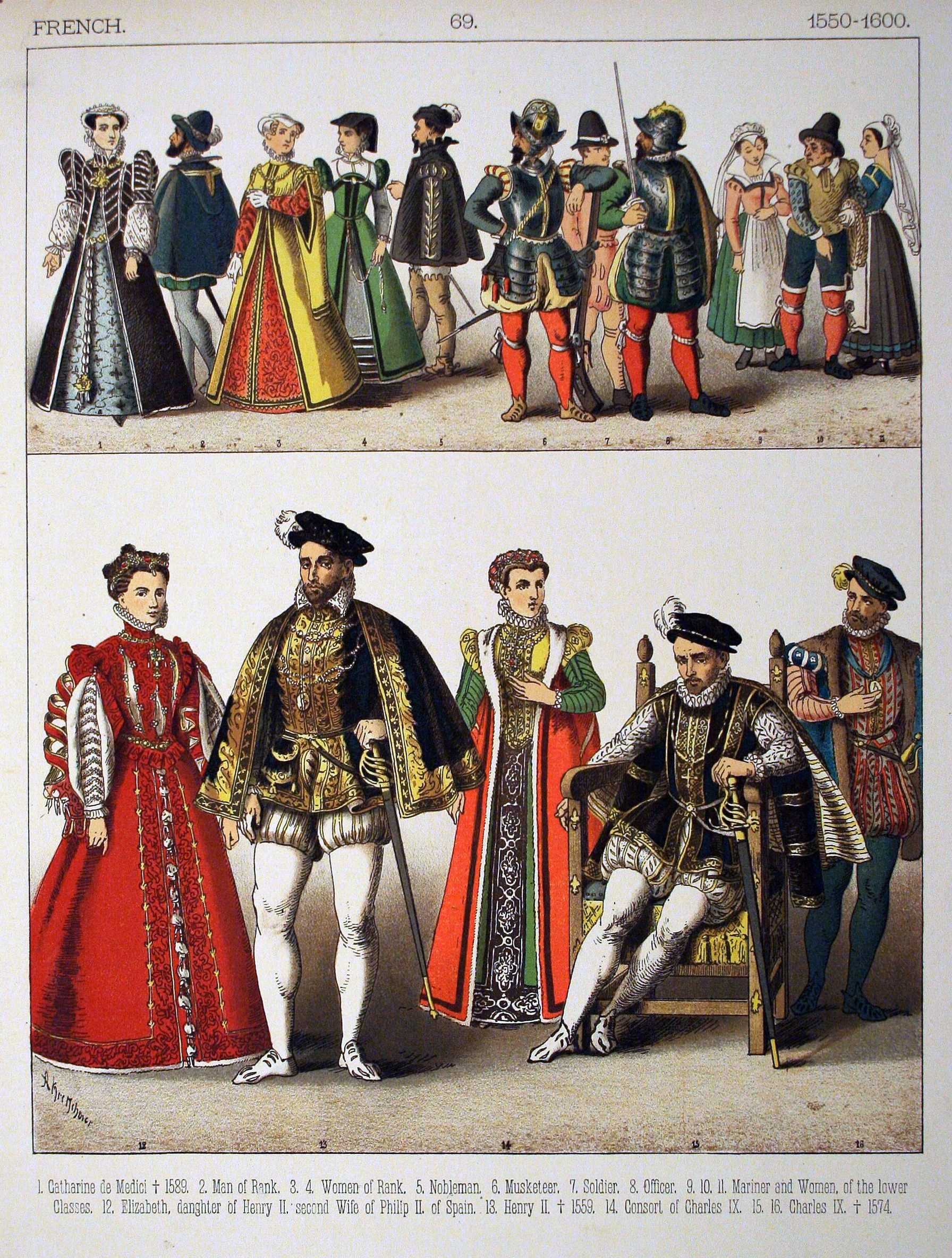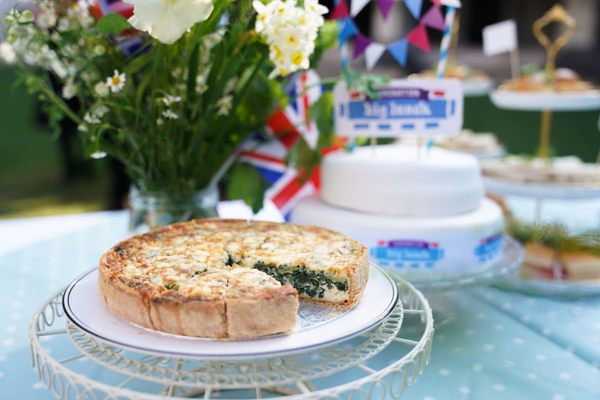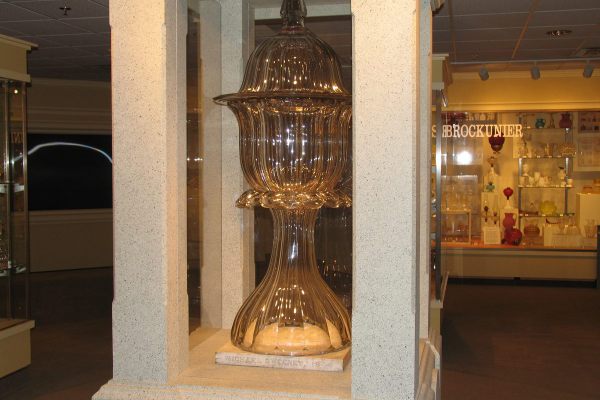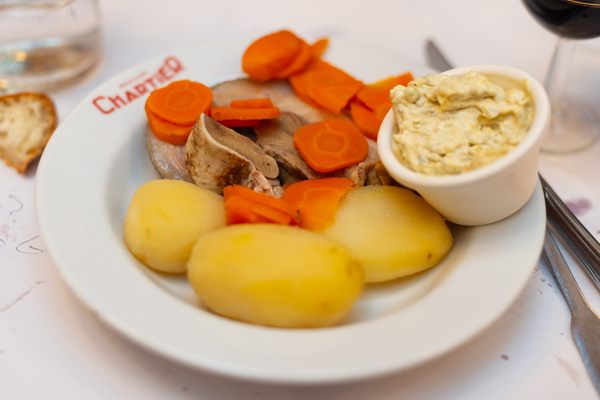Drinking Gold Was a Grisly Anti-Aging Trend of 16th-Century France
The tony elixir killed elites looking for youthful complexions.

As long as humans have been alive, they’ve been concerned with the inevitabilities of aging. Today, there’s a universe of razor-specific creams and serums tailor-made for your skin. But back in 16th-century France, people, especially members of the nobility, tried to assuage wrinkles and age spots with a significantly deadlier substance: gold. One such member of the French court, Diane de Poitiers, drank a daily tonic of gold chloride mixed with diethyl ether. It likely killed her.
While de Poitiers never wore the crown, she wielded substantial political and artistic influence within the court of King Henry II, who was her lover. Often described as a whip-smart Renaissance woman, de Poitiers was a patron of the arts and managed the education of the royal family’s children.
She also seemed ageless. Brantôme, the French historian, once wrote about meeting de Poitiers six months before she passed away at the age of 66. Though he admitted to not knowing much about the “potable gold and other drugs” she took daily, which contributed to her “fine appearance,” he quickly added: “I believe that if this lady had lived another hundred years she would not have aged … in her face, so well-composed it was.”

The anti-aging trend was of its time, when apothecaries hawked wares ranging from scorpion oil to spiderweb elixirs. The gold-drinking practice goes back even further, though. Pliny the Elder suggested it as a salve for warts and ulcers. Wei Boyang, a Chinese alchemist from the second and third century CE, wrote of gold as being “immortal,” and how those who drank it “enjoy longevity.” The ancient Egyptians swore by “gold-water” as an anti-aging remedy, too. The idea stemmed from the fact that gold did not corrode, which suggested longevity.
According to Lydia Kang and Nate Pedersen’s book Quackery, gold-drinking evolved from curiosity to downright fervor during the medieval era, when an alchemist figured out how to dissolve solid gold into a liquid. Aurum potabile (sometimes known as aurum potable), as drinkable gold was known around the 16th century, was advertised as a cure-all for everything from epilepsy to mania.
Gold-imbued recipes made their way into chemistry manuals by the likes of French medical professionals Jean Beguin and Christophe Glaser, and even the short-lived Portuguese Pope John XXI. In 1578, he wrote a laborious recipe for a gold-laced, youth-preserving water. It involved taking gold, silver, iron, copper, iron, steel, and lead filings, then placing that mixture “in the urine of a virgin child on the first day,” then white wine, fennel juice, egg whites, in a nursing woman’s milk, in red wine, then again in egg whites, in that order, for the following six days.
Drinking gold (of the molten variety) had been used to deliberately kill people during the Spanish Inquisition. But it wasn’t until many centuries later that people realized that their golden anti-aging routine could be fatal, as seems to have been the case for de Poitiers. She died in Anet, France, in 1566, but her remains turned up during an excavation of a mass grave in the area. It’s thought that her body was exhumed, and her grave destroyed, during the French Revolution. In analyzing de Poitiers’ hair, researchers writing in the The BMJ concluded that she likely died of chronic intoxication due to her long habit of drinking gold.
That’s not to say drinking gold has died out entirely: One liqueur on the market, Goldschläger, comes complete with thin gold flakes inside of it. Luckily, we can all agree that drinking this gold won’t give you eternal youth.
Gastro Obscura covers the world’s most wondrous food and drink.
Sign up for our regular newsletter.

























Follow us on Twitter to get the latest on the world's hidden wonders.
Like us on Facebook to get the latest on the world's hidden wonders.
Follow us on Twitter Like us on Facebook